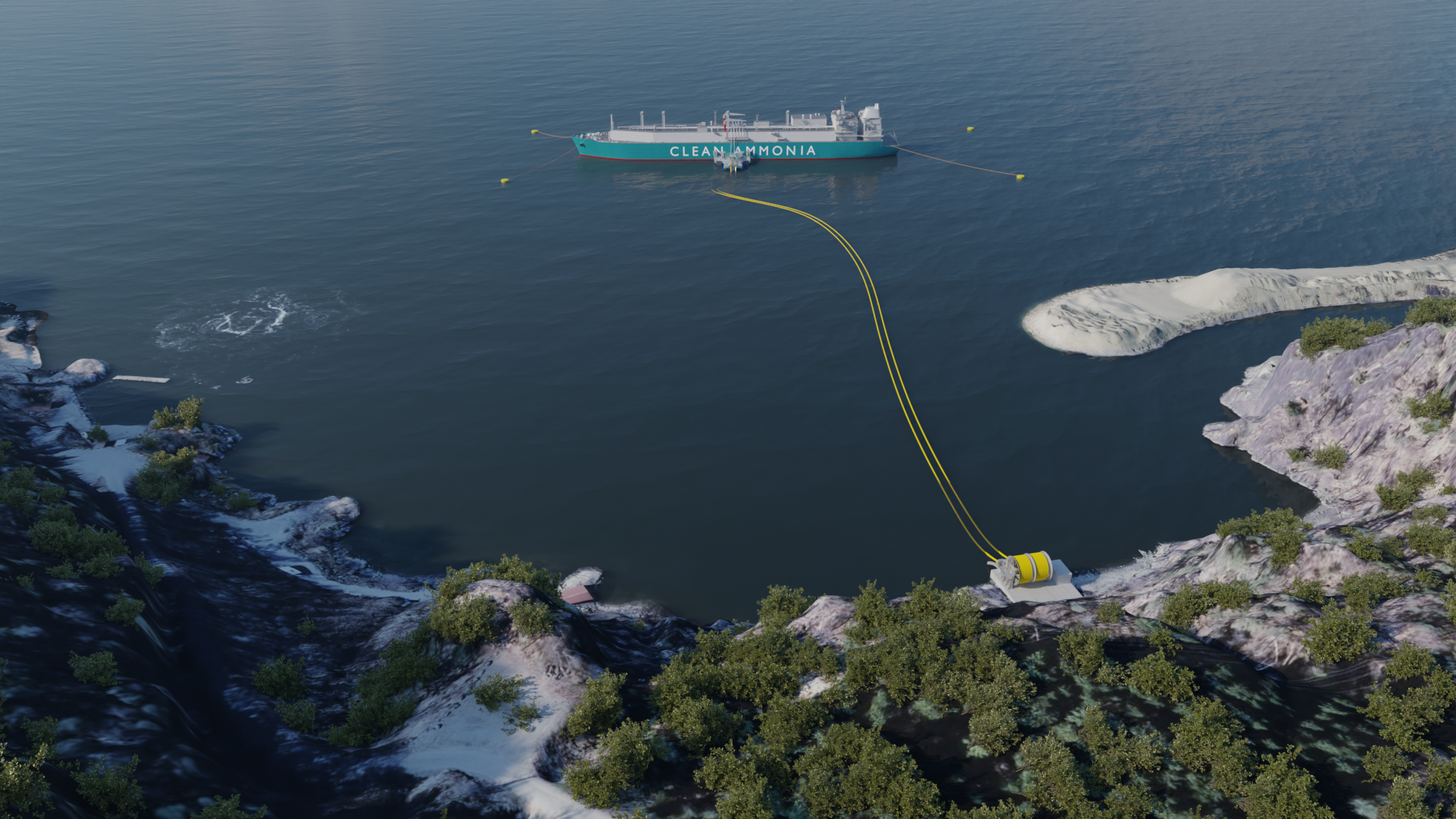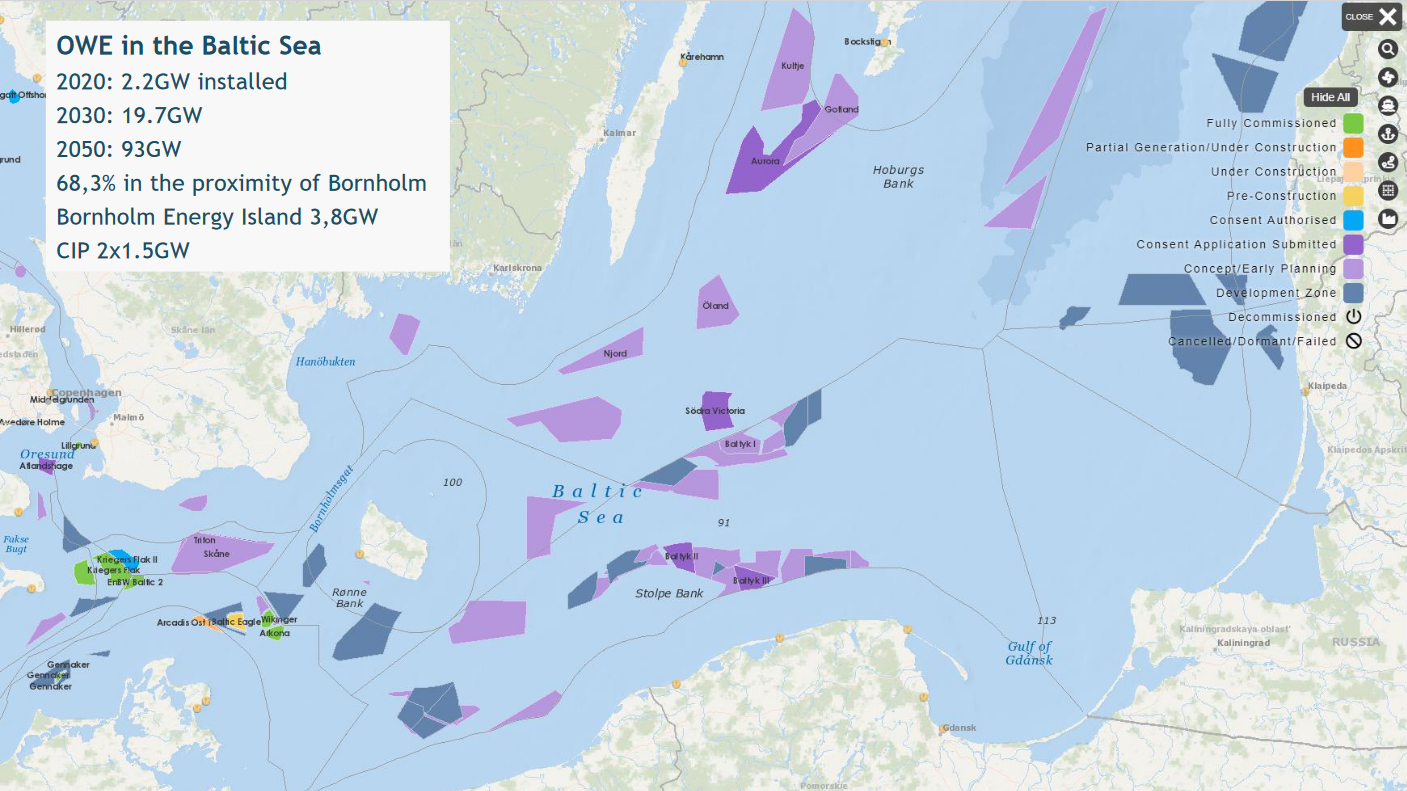As the maritime industry gears towards the use of more sustainable fuels, Denmark-based cargo pump supplier Svanehoj reports increased orders for ammonia-capable equipment to be used on LPG tankers. Navantia and H2SITE will combine their expertise in shipbuilding and ammonia cracking to create hydrogen-based propulsion systems. Thyssenkrupp Uhde’s ammonia technology will be used in SwitcH2’s floating ammonia production vessels to harness offshore wind energy. And Iverson eFuels will use ECOnnects’ jettyless gas transfer technology at its 200,000 tonnes per year ammonia production facility in Norway.
Denmark
MAN Energy Solutions: testing begins on two-stroke marine ammonia engine
In an interview with media outlet TradeWinds, MAN Energy Solutions has indicated that a detailed testing program for its two-stroke marine ammonia engine began last week in Copenhagen. With safe, sustainable operations paramount, MAN is aiming for the test engine to operate on 100% ammonia fuel in all four cylinders by 2025.
Solid oxide electrolysis: building capacity
Solid oxide electrolysis has recently gained traction, and is fast becoming an attractive technology option for new ammonia production projects. This week we will explore a recent ISPT report, the scale-up of Topsoe’s manufacturing capacity, and several project announcements.
Flexible ammonia synthesis: shifting the narrative around hydrogen storage
Flexible ammonia production technology is currently scaling up to meet the challenges of fluctuating electricity feedstock. The ability to ramp down plants to 5 - 10% of their nominal load will minimize the requirement for hydrogen storage buffers and reduce the overall cost of renewable ammonia production. The first demonstration-sized flexible ammonia plants are due to begin operations later this year.
New off-take, distribution partnership for Denmark mega-project
Global shipping group Monjasa will provide logistics services to distribute electrolytic ammonia produced at the under-development HØST PtX project in Esbjerg, Denmark. Part of the 600,000 tonne-per-year production volume will also be reserved for Monjasa to utilise as a bunker fuel.
Safe ammonia bunkering at the Port of Roenne
In our latest episode of Maritime Ammonia Insights, we delved into an exciting new project for maritime ammonia: the Bornholm Bunkering Hub. Maja Bendtsen (Port of Roenne), Jan Gramkov (Rambøll) and Nicklas Koch (DBI) presented the feasibility, safety management & public perception work currently in progress, as well as the steps still required to formalise a plan forward for the hub by 2025. Early & repeated engagement with the local community, rigorous & standardised assessment of potential risks and utilising learnings from other industries were all emphasized by the speakers as key to realising the project.









